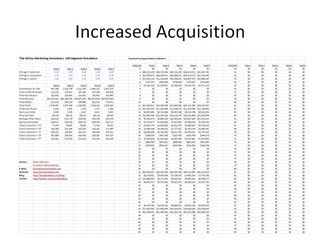If you want a copy of the OMS (Online Marketing Spreadsheet) to follow along with, please e-mail me, and I will send you a copy.Ok, let's look at another issue with your online business, the issue of "decay".For the past fifteen years, we've lived in an environment of unfettered e-commerce growth. Everything was easy. Lick you finger, point it to the sky, and guess that next year's growth will be 35%. And then it would come in at 45%. You'd look like a genius. Those were good times!Well, growth was happening because new customers were trying e-commerce. Most customers have tried e-commerce now. Growth is harder to come by.It is important to understand how a segment of customers experiences "constant decay". Here's what I want for you to do:- Zero out cells C6 - G6.
- Zero out cells B101 - B340.
Now, enter the number "1,000" into cell B117. We're going to see how 1,000 really good customers (in my model, they are graded as "A") will evolve over time.
Take a look at the results.
- Grade = "A": Year 1 = 596, Year 2 = 380, Year 3 = 254, Year 4 = 177, Year 5 = 128.
- Grade = "B": Year 1 = 217, Year 2 = 220, Year 3 = 198, Year 4 = 172, Year 5 = 148.
- Grade = "C": Year 1 = 186, Year 2 = 293, Year 3 = 289, Year 4 = 255, Year 5 = 217.
- Grade = "D": Year 1 = 0, Year 2 = 106, Year 3 = 209, Year 4 = 251, Year 5 = 251.
- Grade = "F": Year 1 = 0, Year 2 = 0, Year 3 = 50, Year 4 = 145, Year 5 = 257.
Sales keep declining, too, from $400,000 in Year 1 to $89,000 in Year 5.
E-commerce is in a state of "constant decay". Without a steady diet of new customers, the whole ecosystem simply essentially falls apart. This is happening to your business, every single day ... you just mask it by finding new customers. Strip out the new customers, and you're on your way to being laid off.
You'll hear catalog marketers obsess about "customer reactivation". This is why. They know, from a hundred years of catalog marketing experience, that their customer file is in a state of constant decay, so they obsess about every possible strategy to get customers who haven't purchased in a long time to come back and buy again.
Reactivation is hard work, and the rewards aren't dramatic. Go ahead and plug "1,000" customers into cell B261. These customers have a grade of "D". Notice that very few of these customers ever move up into "A" or "B" status (see cells C21 - G25).
Now do something unique. Change the value of "1.00" in cell C5 to a value of "1.20". In other words, for one year, we're going to do something, whatever that is, that improves the ability to reactivate these customers by twenty percent. What do you see?
Well, you see very, VERY modest improvements in the number of customers achieving "A" and "B" status over time. Clearly, it is very hard to reactivate customers. But if you can do it, on a grand scale, year after year after year, it will pay dividends.
Now update C5 - G5 from a value of 1.00 to a value of 1.20. All of a sudden, we have 122 "A" customers after five years, vs. just 91 if we improve reactivation for one year, and vs. just 89 if we do nothing but let customers migrate organically.
In other words, customer reactivation is a 24/7/365 activity that must be managed with discipline. Constant improvement and strategy is required, every day, every year, to move the needle. If the attention isn't given, then the e-commerce business is in a state of constant decay.
If you're an Executive or Analyst looking to understand what the future trajectory of your business looks like, give me a holler about working on an OMS project!
Labels: OMS, Online Marketing Simulation
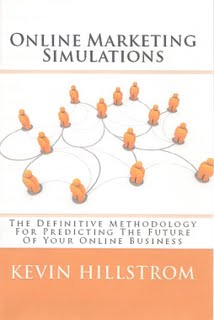 Open your spreadsheet (contact me for your copy), and take a look at cells J19 - N19.
Open your spreadsheet (contact me for your copy), and take a look at cells J19 - N19.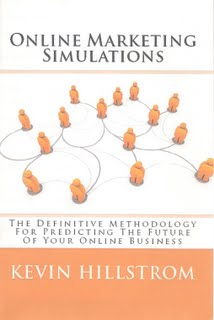
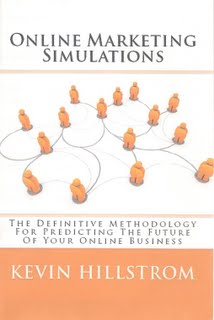
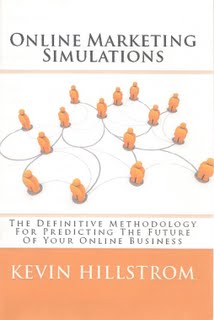
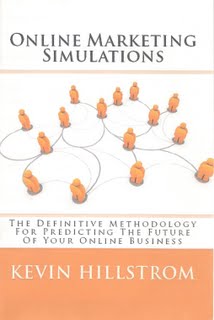
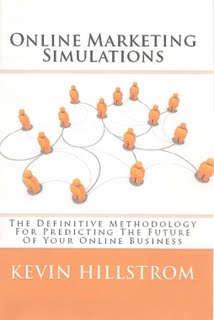
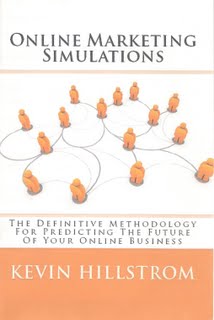
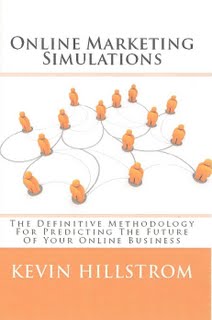
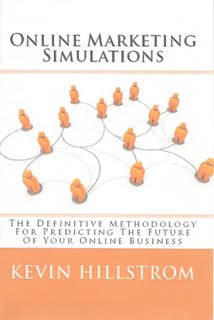
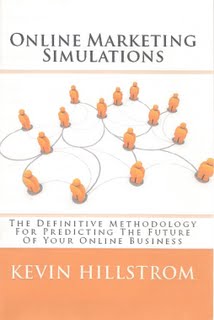
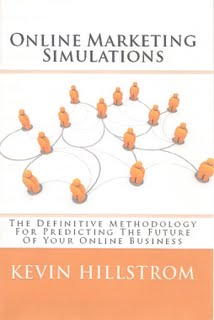
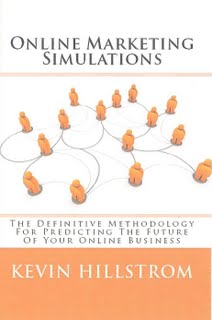
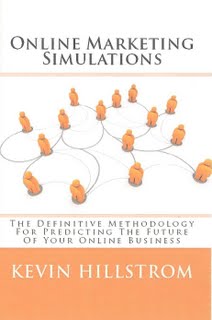

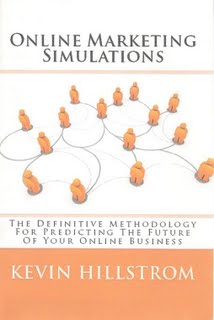

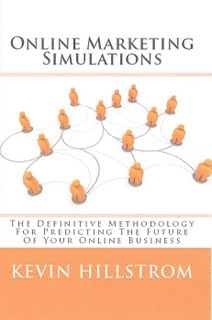
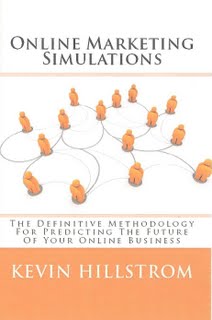
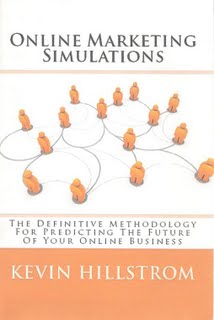
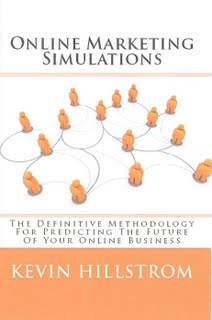
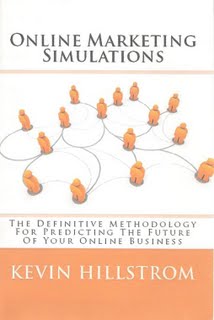
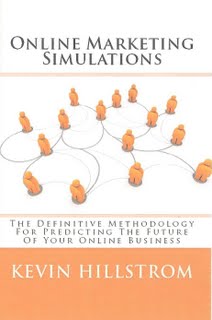
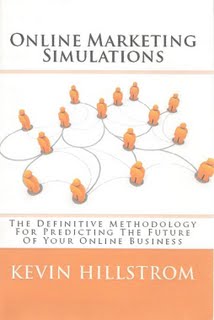
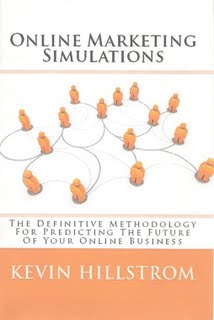 In just a few weeks, you will be among the first to have the opportunity to purchase a new book:
In just a few weeks, you will be among the first to have the opportunity to purchase a new book: